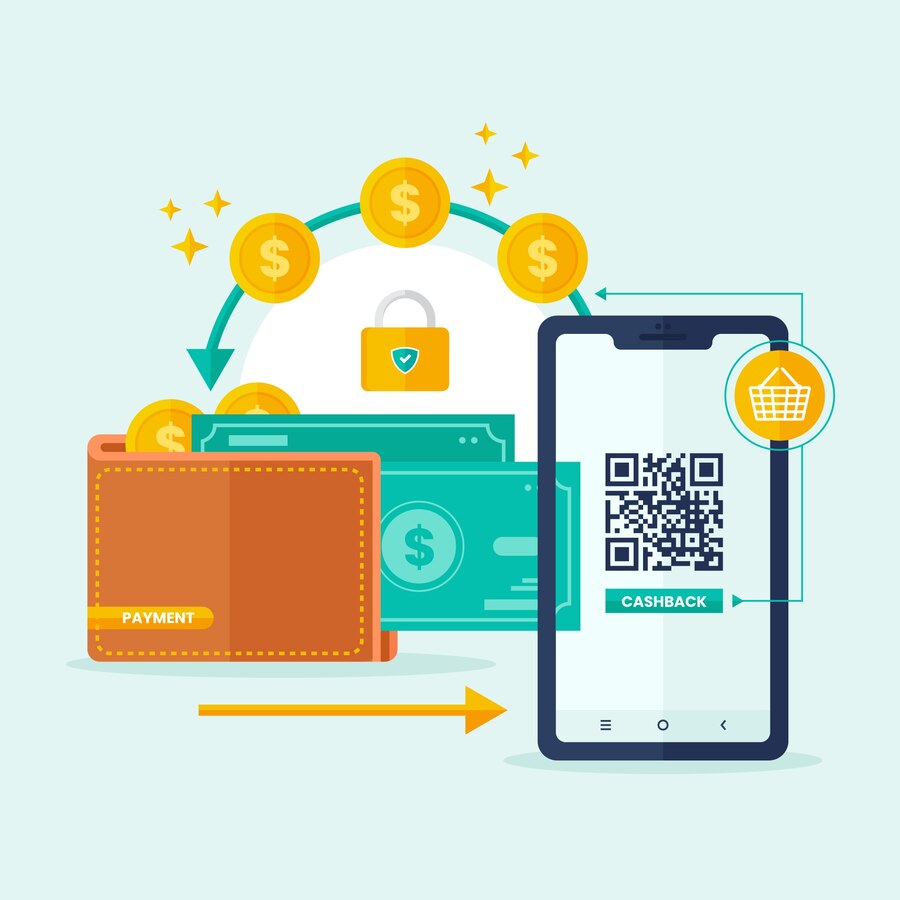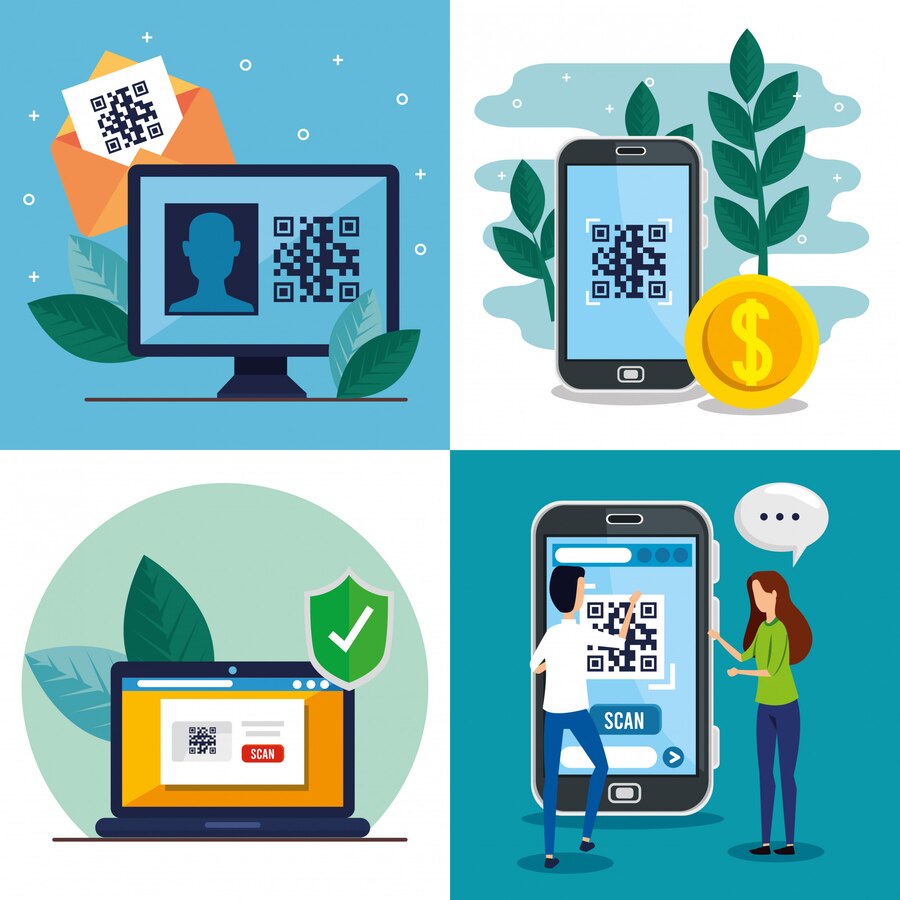With the advancement of technology and digital payments, QR codes have become a ubiquitous tool for quick and convenient access to services and information. However, with the growing popularity of QR codes, the number of fraudulent schemes associated with their use has also increased. Scammers use fake QR codes to deceive users and extract money from them. This article examines the main methods used by scammers as well as ways to protect against such scams.
Methods of fraud using QR codes
Scammers use various techniques to trick users via QR codes. Here are some of the most common methods:
- Fake payment links: Scammers create QR codes leading to fake websites where users enter their bank card details, thinking they are making a legitimate payment.
- Deception through QR scanners: Some QR code scanning apps can be replaced with malicious ones that collect personal data from users.
- Fake banking QR codes: Fake websites may display QR codes purportedly for paying services but actually redirect to pages with fraudulent schemes.
- Mobile payment scams: Scammers can use QR codes for automatic debiting of funds from users' cards, presenting it as a legitimate payment.

Risks of money theft through QR codes
Using fake QR codes poses several serious risks to users. Firstly, personal data entered on fake pages can be used by scammers for further thefts. Secondly, such schemes often lead to financial losses as money is transferred to scammers' accounts. Elderly people and those lacking sufficient skills in digital technology are particularly vulnerable.

Main risks:
- Leakage of personal data.
- Financial losses.
- Psychological stress from fraud.
- Loss of trust in digital payments.
Consequences of QR code fraud
QR code fraud can have serious consequences for both individual users and businesses. When customers fall victim to scammers, they not only lose money but also lose trust in the services they previously used. As a result, companies may face a decline in reputation, loss of customers, and consequently, decreased revenue.
Moreover, if such fraudulent schemes continue to exist, they may raise concerns about the security of digital payments in general. This could lead to users refusing to use technologies that are actively developing and being integrated into daily life. Ultimately, this will negatively affect the entire economy and slow down the pace of digitalization.

Ways to protect against QR code fraud
Preventing QR code fraud requires attentiveness and the application of simple yet effective security measures. To avoid losses, users are advised to follow some simple rules.
- Check the source: Always check where the QR code came from. If it came from an unreliable source, it's better not to scan it.
- Use verified apps: Use reliable and well-known apps for scanning QR codes. This will reduce the risk of landing on a fake page.
- Do not enter personal data: Never enter bank card details or personal information on websites accessed via QR codes unless you are sure of their reliability.
- Check the URL: When following a link from a QR code, carefully examine the URL. Legitimate sites usually have a secure connection (start with "https://") and correct domain names.

The role of the state and financial institutions in combating fraud
It is important to note that combating QR code fraud cannot be effective without the participation of government bodies and financial institutions. New laws and regulations need to be developed and implemented to help protect users from scammers. For example, financial institutions can more actively inform their clients about the risks associated with using QR codes and ways to protect themselves.
Banks and payment systems can also introduce additional levels of verification and security when conducting transactions through QR codes. This may include transaction confirmation via SMS or the use of biometric authentication, making the process more secure.
Modern technologies open up new opportunities for convenience and comfort, but they also carry risks. QR code fraud is a prime example of how criminals use new tools for their purposes. To protect themselves and their finances, users need to be informed and cautious, as well as actively engage with financial institutions and government bodies to create a safer environment. Only through joint efforts can risks be minimized and protection against digital space fraud be ensured.
 >
>